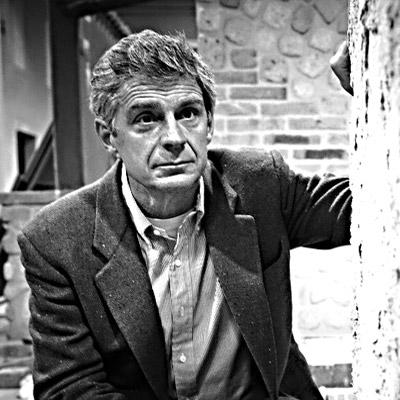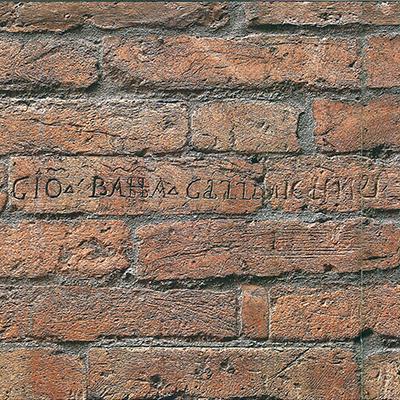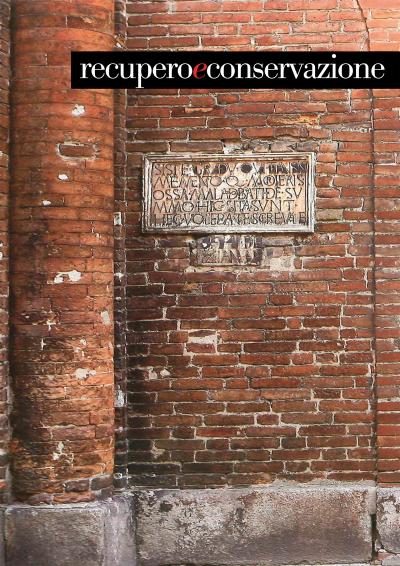LA MADRE DI TUTTE LE BUFALE
Ottemperando a quanto prescritto dall’art. 7 del D.P.R. 7 agosto 2012 n. 137, che ha il fine di “…garantire la qualità ed efficienza della prestazione professionale, nel migliore interesse dell’utente e della collettività, e per conseguire l’obiettivo dello sviluppo professionale…”, l’obbligo dell’aggiornamento professionale continuo è diventato realtà anche per gli architetti; cosi gli ordini professionali, in linea con quanto stabilito dalle Linee guida e di coordinamento attuative del Regolamento, stanno diligentemente mettendo a disposizione degli iscritti le loro offerte di formazione.
La legge in questione delega questa attività formativa al Consiglio Nazionale dell’Ordine (CNAPPC), che a sua volta ne demanda agli ordini territoriali l’organizzazione e la gestione; altre strutture possono però accreditarsi per formare i professionisti a condizione che dimostrino …“idoneo livello culturale” e “comprovata esperienza di formatori” … (?!?)

Parole di pietra
I marmi parlanti sono molto importanti per la comprensione della realtà urbana, la loro grande importanza risiede nel fatto che si tratta di documenti che ci pongono in relazione con chi ha scritto; sono stati prodotti in molte circostanze della vita, con varie finalità e da personaggi differenti.
Epigraphs
The epigraphs are very important for the understanding of urban life, their importance lies in the fact that they are documents that directly tie us with whomever wrote them; they have been carved during different circumstances of life, with different goals and by different personalities.

SALUBRITÀ ED ESTETICA NEL RISANAMENTO DELL’ESISTENTE
Il risanamento dell’esistente può imporre la risoluzione del problema della formazione di muffe. Non si tratta solo di un’istanza estetica, ma di un must per la tutela della salute. Fra le varie soluzioni a base chimica in commercio, non meno nocive clinicamente, un’autorevole azienda altoatesina propone una soluzione ecocompatibile, basata sull’igroscopicità dei materiali.
HEALTH AND AESTETICS IN EXISTING BUILDING RECOVERY
Renewal of existing buildings may require the resolution of the damp problem in walls. It is not just an aesthetic instance, but also an important aspect for health protection. Among the various chemical-based strategies on the market, no less harmful clinically, an authoritative South Tyrolean company offers an environmentally friendly solution, based on hygroscopic materials.
CUCITURE FLESSIBILI (A SECCO)
Le cuciture flessibili realizzate in fibre di basalto sono una tecnica innovativa sviluppata per migliorare le prestazioni sismiche delle murature storiche. Nel seguente articolo si riportano i risultati ottenuti dalla campagna sperimentale sviluppata su provini in muratura testati per azioni orizzontali fuori dal piano. Sono state testate diverse tipologie di “cuciture”: cucitura a reticolo (RR), cucitura a losanga (RL) e una variante della cucitura a losanga con l’impiego di nodo piano (RL-R). Per azioni fuori dal piano sono stati testati altri due provini realizzati in muratura, di altezza maggiorata (2m), rinforzati con l’impiego della cucitura a losanga e fasciatura verticale e posizionati orizzontalmente. I risultati provano l’efficacia della tecnica, con un netto miglioramento del comportamento della muratura alle azioni orizzontali fuori dal piano.
FLEXIBLE STITCHINGS
Stitching masonry through basalt fiber rope is an innovative technique, developed for improving the behavior against seismic actions. In this paper the results obtained from an experimental campaign on masonry specimens tested for horizontal out of plane loads are presented. Different types of stitches were applied on masonry wallettes: reticular stitches (RR), lozenge stitches (RL), lozenge stitches and square knot (RL-R). Finally two masonry wall of 2 m height were reinforced by lozenge stitches and vertical bandage and then tested by bending by putting them horizontally.
The results indicates the efficacy of the technique, which increases the ability of masonry wall specimens against horizontal out-of-plane actions.
SOSTENIBILITÀ DI PROCESSO
La definizione di strategie multidisciplinari per il recupero e la ricostruzione di aggregati di edilizia pre-industriale fornisce l’opportunità di orientare lo sguardo verso nuovi – o ritrovati – principi di sostenibilità, anche in contesti, come quelli delle aree colpite da sisma, in cui l’intervento diventa una chiave fondamentale per la rinascita di contesti socio-culturali fortemente compromessi. Green Building Council Italia si sta muovendo all’interno di tale contesto per definire un protocollo di certificazione volontaria del livello di sostenibilità degli interventi di conservazione, manutenzione, recupero ed integrazione di manufatti pre-industriali.
PROCESS SUSTAINABILITY
Sustainability is an issue already well established for new construction that requires, in a refurbishment context, a higher awareness of its complexity and needs a powerful alignment of multiple operators at different levels. This complexity has so far been addressed by the specialist point of view and through intensive research that has contributed to a progressive in depth analysis of numerous aspects, limited, however, to individual disciplines. It is instead more and more important to work toward an interdisciplinary perspective because the analytical research may often lose the sight of the whole theme. Within a logic of sustainability, it will also be necessary to develop a project that should be in close relationship with the testimony of the historical built heritage and not in conflict with it, thus not compromising the its real wealth and potential. If “sustainable development the development that meets the needs of the present without compromising the ability of future generations to meet their own needs”, the keeping the “potential” for the benefit of future generations must be read, in this case, in multiple interdependent dimensions: ecological, social and, above all, economic and cultural. This declination, culture, becomes a new - or already rediscovered - sustainability paradigm, orienting the building process towards the protection and promotion of all its previous expressions. Activities related to conservation and restoration of historic buildings become sustainable actions and, therefore, can be measured using tools and methods of this context.
Green Building Council Italia is moving within this complex cultural context. The actual main goal, developed through an interdisciplinary working group that brings together universities, research centres and leading companies in the construction sector, is the establishment of a voluntary certification protocol aimed at evaluating the sustainability level of conservation, refurbishment and integration processes in pre-industrial buildings. This innovative tool is based on the comparison and union of two different cultures: the sustainability criteria of the LEED® protocols and the wealth of knowledge of the restoration world. The different disciplines have significant similarities and affinities, associated in particular with the ultimate goals of identification, enhancement and transmission to the future generations of the cultural heritage in its physical expression and its aesthetic dimension.
BARI SOTTERRANEA IN VIRTUAL TOUR
Il progetto di “Bari sotterranea in Virtual tour” ha come finalità la fruizione via web dei beni archeologici del centro storico, ed in particolare di quelli che essendo di proprietà privata non sono aperti alla pubblica fruizione. Il tour virtuale è uno strumento capace di veicolare la conoscenza dei beni culturali ad un utenza estremamente diversificata, che spazia dal turista sino al portatore di handicap a cui spesso non è concesso la fruizione del bene a causa della presenza di barriere architettoniche presenti nel sito archeologico.
BARI UNDERGROUND IN VIRTUAL TOUR
The aim of the “Bari Underground in Virtual Tour” project is the fruition on the web of the historic centre’s archaeological heritage, specifically of those private properties that are unavailable to the public.
Virtual tour technology is an effective instrument to convey knowledge on cultural resources to differentiated user groups, form tourists to people with different abilities, often hampered by the architectural barriers of archaeological sites.

